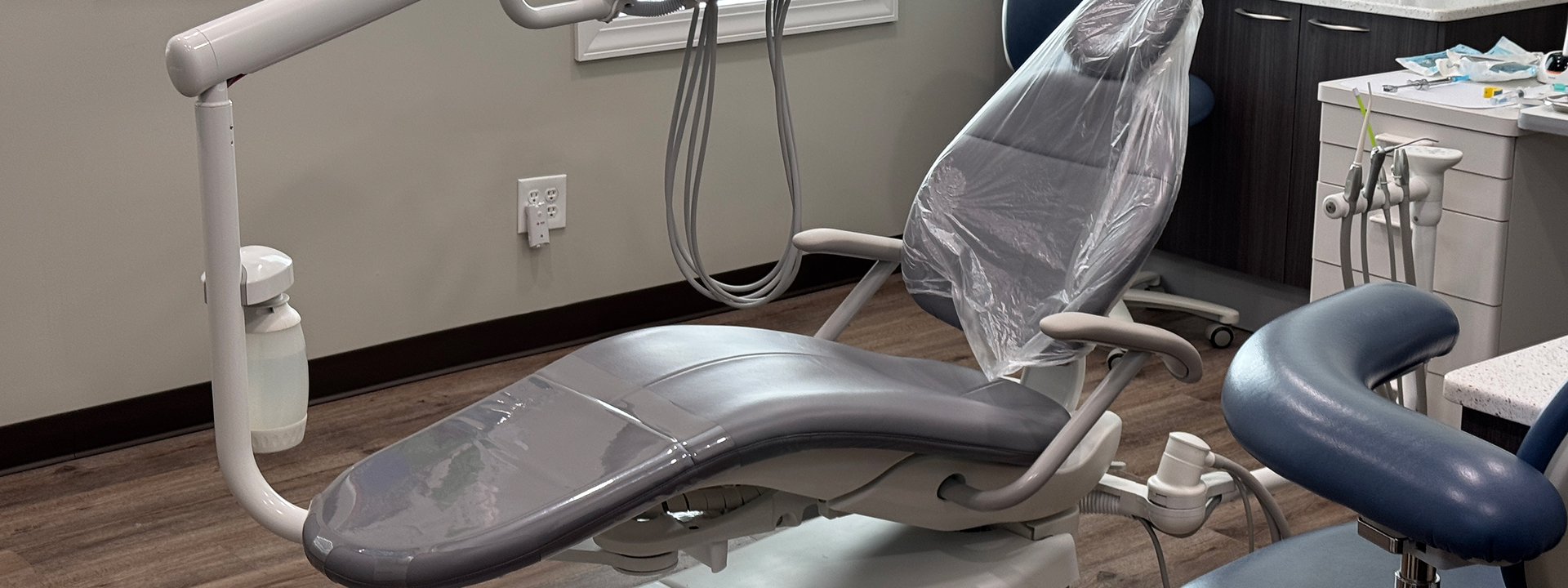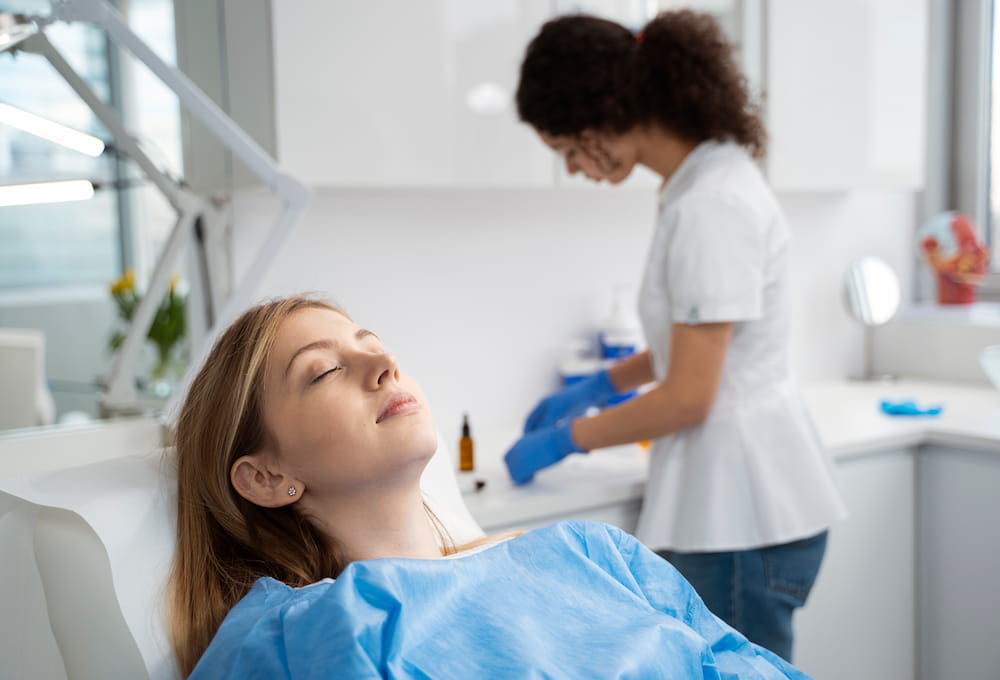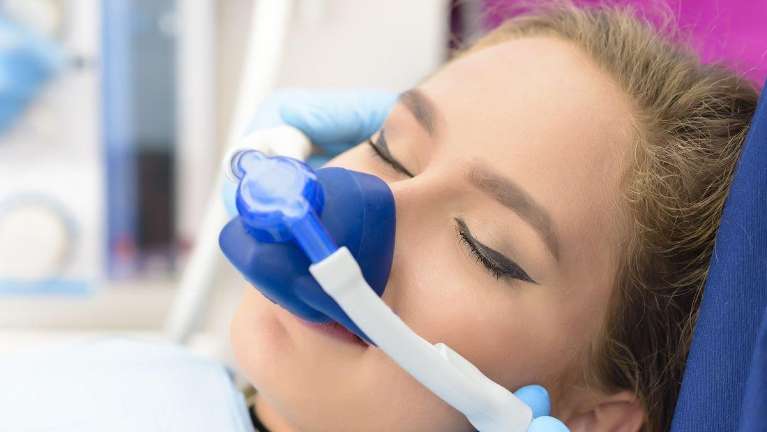Overview of Sedation Preparation
Preparing for a sedation dentistry appointment helps ensure patient safety and a calm experience. Sedation dentistry uses pharmacological agents such as nitrous oxide, benzodiazepine-based oral sedatives, or intravenous medications to manage anxiety and discomfort during dental procedures. The preparation process is guided by national standards set by the American Dental Association (ADA) and the American Academy of Pediatric Dentistry (AAPD).
Understanding what to expect before, during, and after your visit allows for smooth coordination between patient and provider. Careful planning reduces the risk of complications and improves recovery outcomes.
What to Do Before the Appointment
Preparation typically begins the day before sedation. Most dentists follow protocols consistent with American Society of Anesthesiologists (ASA) recommendations for outpatient care.
- Fasting: Avoid food and drink for 6–8 hours before the appointment unless instructed otherwise. Clear water may be permitted up to two hours prior.
- Medication disclosure: Provide a full list of medications, vitamins, and supplements. Certain prescriptions, such as anticoagulants, may require adjustment.
- Rest and hydration: Sleep well and maintain normal hydration the day before your visit.
- Clothing: Wear short sleeves or loose attire to allow for comfortable monitoring.
- Transportation: Arrange for a responsible adult to accompany and drive you home if you receive oral or IV sedation.
The Day of the Visit
On the day of your appointment, your dental team will confirm your medical history, take baseline vital signs, and begin continuous monitoring. Sedation medications are administered according to body weight and health status. The objective is to achieve relaxation without complete loss of consciousness.
- Arrive punctually and avoid caffeine or alcohol before the procedure.
- Bring identification and a written list of medications or allergies.
- Report any cold, cough, or change in health since your last consultation.
Common monitoring tools include pulse oximetry, blood pressure cuffs, and electrocardiogram (ECG) sensors when needed. Continuous supervision is maintained until the patient is alert and stable.
Recovery and Aftercare
Recovery depends on the sedation type. Nitrous oxide wears off within minutes, while oral and IV sedatives may require several hours for full alertness. Patients should remain under observation until they meet discharge criteria.
- Rest quietly for the remainder of the day.
- Refrain from driving, operating machinery, or making major decisions for at least 24 hours.
- Start with clear fluids before eating solid foods.
- Contact your dentist if vomiting, dizziness, or prolonged drowsiness occurs.
Most side effects are mild and temporary. Adequate hydration, rest, and caregiver support aid in recovery.
Safety Considerations
Sedation safety is based on structured clinical protocols. Dental teams are trained in Basic Life Support (BLS) and often Pediatric Advanced Life Support (PALS) or Advanced Cardiac Life Support (ACLS). Each sedation case includes an emergency plan, access to oxygen, airway tools, and reversal agents.
- Comprehensive medical and allergy review before sedation.
- Use of calibrated dosing and pediatric-appropriate monitoring devices.
- Documentation of drug type, dosage, and time of administration.
- Observation until protective reflexes and vital signs return to baseline.
According to the ASA, when these measures are followed, adverse events in dental sedation remain extremely rare—typically under one percent of all reported cases.
Conclusion
Sedation dentistry preparation combines medical screening, fasting protocols, and post-procedure monitoring to provide safe, comfortable treatment. Patients who understand and follow preparation steps experience smoother procedures and faster recovery.
Awareness of national safety standards and personal responsibility—such as rest, hydration, and accurate medical disclosure—are essential for maintaining the high safety record associated with modern dental sedation.


